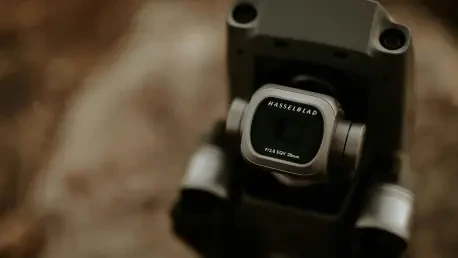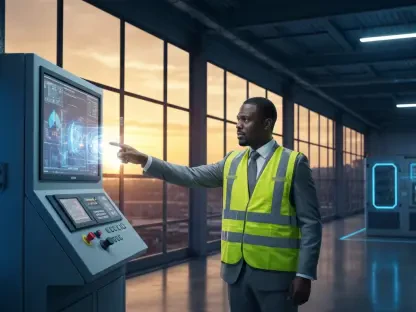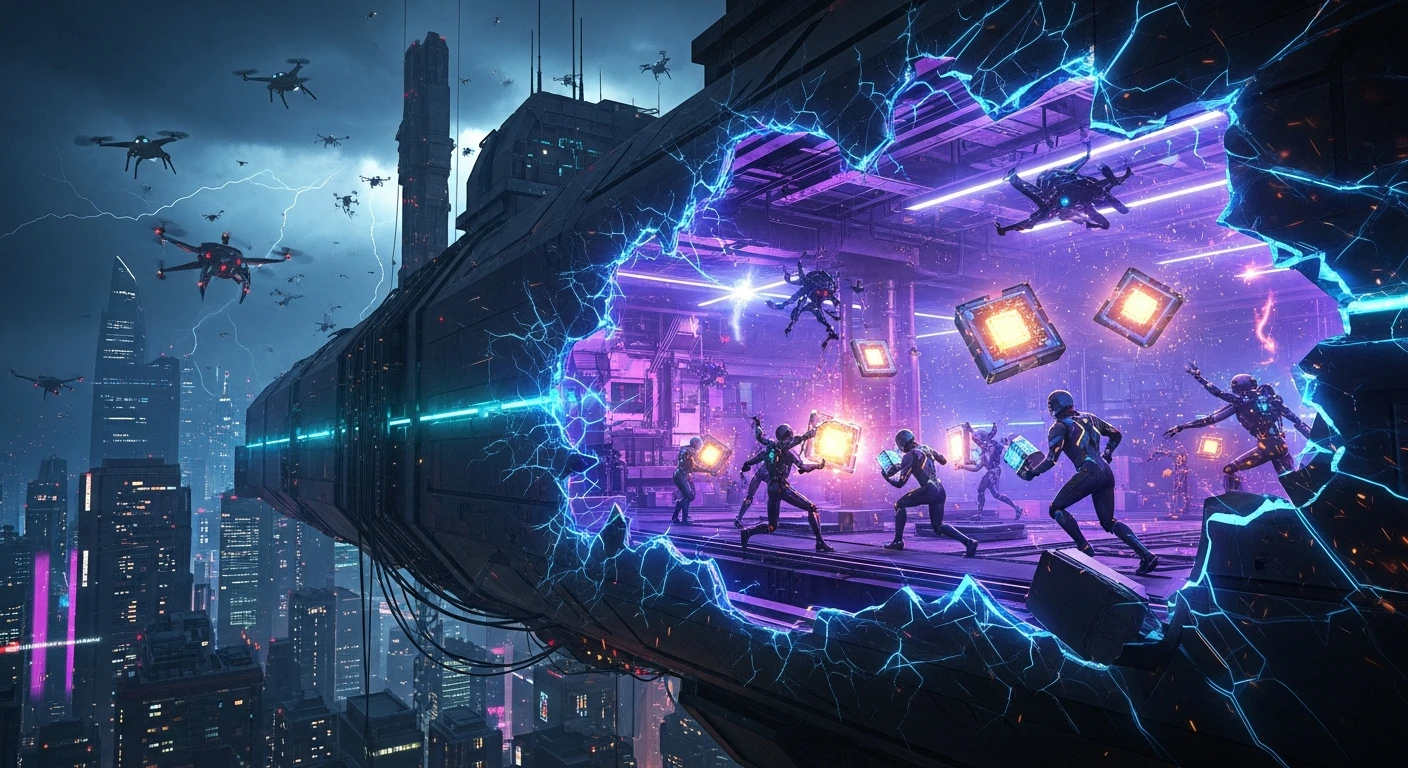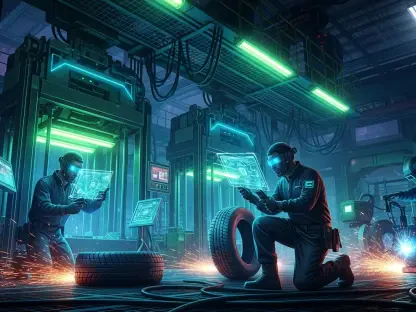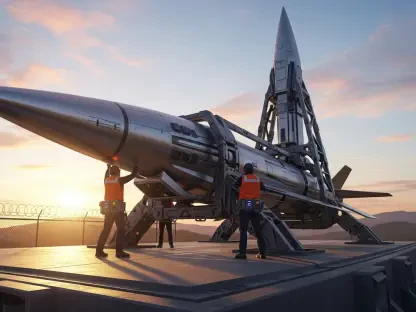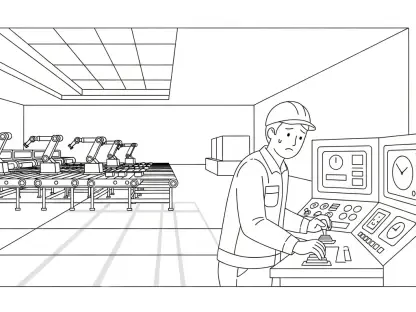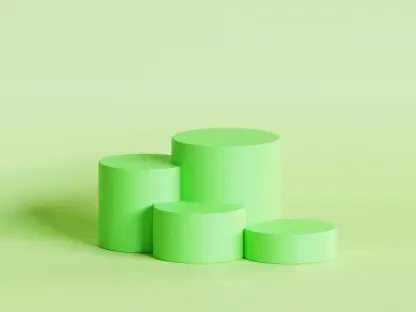Today, we’re thrilled to sit down with Kwame Zaire, a renowned manufacturing expert with a deep passion for electronics, equipment, and production management. With his innovative mindset and thought leadership in predictive maintenance, quality, and safety, Kwame brings a unique perspective to the world of bio-inspired robotics. In this interview, we dive into the fascinating development of a moth-like drone, exploring the intricacies of its design, the brilliance of nature-inspired engineering, and the potential real-world impacts of such technology. Our conversation touches on the efficiency of small-scale drones, the simplicity of navigation without AI, and the challenges of mimicking nature’s most agile fliers.
What sparked your interest in creating a drone that mimics the flight patterns of a moth?
I’ve always been fascinated by how nature solves complex problems with such elegance. Moths, in particular, stood out because of their incredible ability to hover in place or even fly backward. Their flight isn’t just about getting from point A to B—it’s about precision and adaptability in challenging conditions. I saw an opportunity to learn from that and apply it to small-scale drones, especially for applications where traditional designs fall short. Moths offered a blueprint for efficiency and agility that I couldn’t ignore.
Why did you zero in on moths compared to other flying creatures?
Moths have a unique combination of traits that make them ideal for study. Unlike birds or larger insects, they’re small, which aligns with the goal of creating compact drones for covert or confined operations. Their hovering ability is almost effortless-looking, and they can make split-second adjustments to wind or obstacles. That kind of responsiveness is something we don’t often see in other creatures at such a small scale, and it presented a perfect challenge for us to replicate in a mechanical system.
Can you walk us through how this drone manages to hover or track a moving light source?
The drone is designed to mimic a moth’s attraction to light, using it as a navigational anchor. It constantly senses the light’s intensity and adjusts its position to maintain an optimal distance or follow the source if it moves. This is done through tiny, real-time tweaks in its wing flapping speed and angle. The beauty is in how these adjustments happen almost instinctively, much like a moth would react, ensuring it stays locked on target without needing complex programming or heavy onboard tech.
What kind of technology allows the drone to navigate without relying on AI or GPS?
We’ve implemented what’s called an extremum-seeking feedback system. Think of it as a constant loop of trial and error that happens in real time. The drone measures its performance—say, how close it is to a light source—and tweaks its actions, like wing flaps per second, to improve. It’s a simple, model-free approach that doesn’t need the computational power of AI or the infrastructure of GPS. This keeps the drone lightweight and versatile, able to operate in environments where traditional systems might fail.
How does the drone’s design give it an edge in efficiency over conventional drones?
Efficiency comes down to size and mechanics. This drone is small, which inherently reduces energy demands compared to larger, bulkier models. But the real game-changer is the flapping wing design. By controlling roll, pitch, and yaw through independent wing movements, we mimic how insects fly. This allows for precise maneuvers with minimal power draw, unlike rotor-based drones that burn energy just to stay aloft. It’s a design that’s optimized for low-energy, high-agility tasks.
I’ve heard the drone draws inspiration from other hovering creatures as well. Can you tell us more about that?
Absolutely, while moths were our primary focus, we also studied creatures like bumblebees, dragonflies, hoverflies, craneflies, and even hummingbirds. Each has a distinct hovering style—like the figure-eight wing motion of hummingbirds that maximizes lift. We programmed the drone to replicate these unique patterns through subtle adjustments in wing flapping. By doing so, it can adapt its flight to match the specific sway or stability of each creature, which helps us understand and refine the mechanics of hovering across species.
What are some practical applications you see for this kind of drone technology?
The potential is vast. One immediate use is in covert surveillance—its small size and quiet operation make it ideal for discreet monitoring in sensitive areas. Beyond that, I see it being transformative in environmental monitoring, where it could navigate dense forests or tight spaces to collect data on wildlife or air quality. Search and rescue is another area; imagine deploying these drones into collapsed structures to locate survivors without the bulk or noise of larger equipment. The simplicity and adaptability open up a lot of doors.
What were some of the biggest hurdles you faced while developing and testing this drone?
Building something this small and sensitive was a huge challenge. The flapping mechanism had to be precise—any misalignment could throw off the entire flight. Testing was tricky too; early prototypes were wobbly, and we had to fine-tune the feedback system to stabilize them without overcorrecting. Plus, working in a lab with netting to prevent crashes meant we were constantly balancing safety with the need to push the drone’s limits. It took a lot of patience and iteration to get it to hover reliably.
Looking ahead, what’s your forecast for the future of bio-inspired drone technology?
I think we’re just scratching the surface. As we refine these designs and better understand the biological principles behind creatures like moths, we’ll see drones that are smaller, more efficient, and capable of tasks we can’t even imagine yet. The shift away from heavy tech like AI toward simpler, nature-inspired systems could revolutionize industries from defense to conservation. My hope is that in the next decade, bio-inspired drones become a standard tool, seamlessly blending into environments in ways traditional tech never could.
